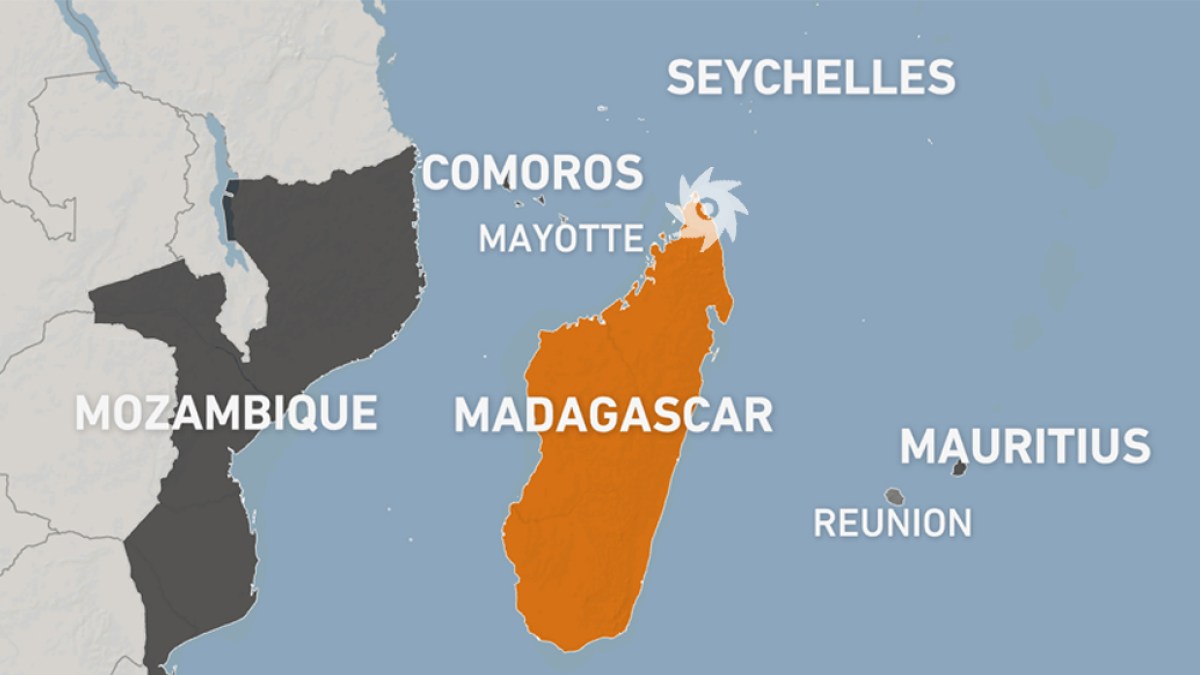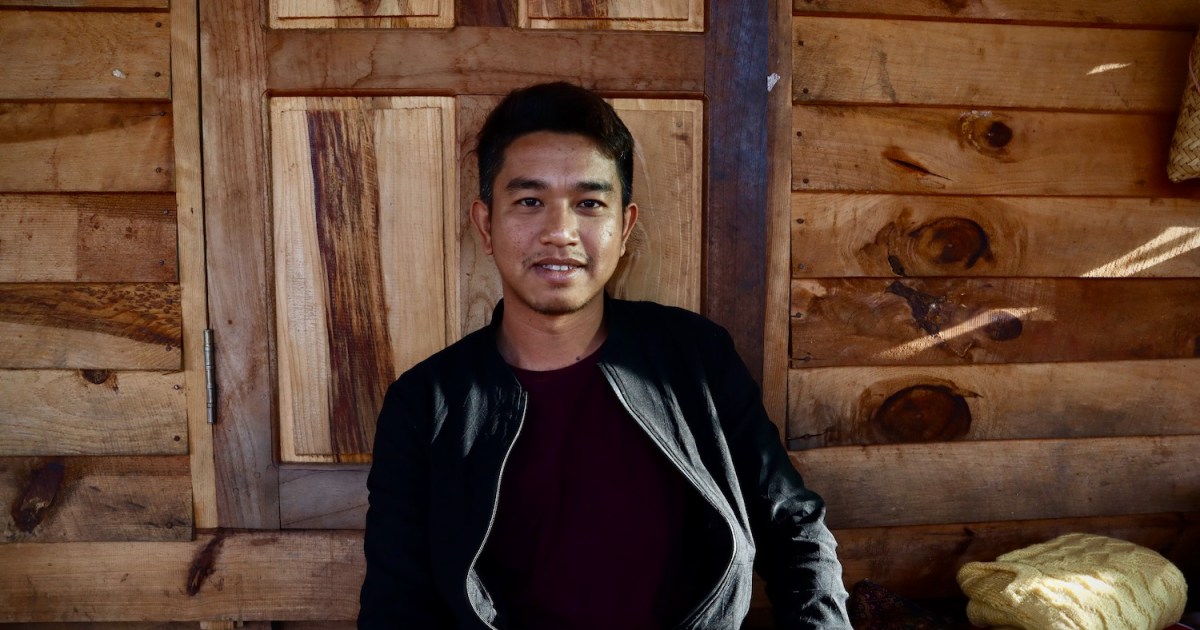Bryan Kohberger sent DNA for genetic testing to explore ancestry: neighbor
Bryan Kohberger told a fellow grad student that he explored his ancestry by submitting DNA for genetic testing – which could shed light on how investigators used forensic genealogy to zero in on the accused quadruple murderer.
The Washington State University PhD candidate, who is charged with murder in the gruesome deaths of four University of Idaho students, mentioned in August that he took a DNA test to a classmate who was living in the same on-campus housing complex, the Idaho Statesman reported.
Kohberger, who was a student in the university’s criminology department, asked whether the neighbor could identify his ancestral background, which the man guessed was Italy, the student told the paper.
But Kohberger responded that he was actually of German descent.
“He talked about his ancestors. He had some sort of DNA test. I don’t know how he got to that point. … It was just interesting to him,” the neighbor told the Statesman.

The paper noted that the detail could shed new light on reports that authorities used DNA evidence to home in on Kohberger as a suspect in the brutal Nov. 13 killings in nearby Moscow, Idaho.
A surveillance team that tracked Kohberger to Pennsylvania apparently extracted DNA from the scene, ran it through a public database and used genetic genealogy techniques to connect the sample to the student through his family members, CNN has reported.
“What most likely happened is that the crime scene was a mess and there was DNA evidence left all over the place,” Pete Yachmetz, a security consultant and former FBI agent, told The Post recently. “So what they did was retrieved all the DNA evidence they could and analyzed it.”
Using the technique, investigators first identify the DNA of the victims and then “start looking for DNA of someone who should not have been there,” he said.
In probes like the Idaho massacre, the DNA samples are often put through the Combined DNA Index System, or CODIS, the national DNA database maintained by the FBI, Yachmetz said.

Kohberger’s arrest record indicates he left the unidentified murder weapon’s “tan leather knife sheath” at the scene of the murders.
The Idaho State Lab identified male DNA on the sheath’s button clasp, which was later linked to the suspect after genetic material was retrieved from the trash outside his family’s home in Pennsylvania.

Meanwhile, the neighbor also revealed that Moscow detectives contacted him after they found his cellphone number in Kohberger’s phone.
He said authorities asked him “how we met each other, what was his personality, these kinds of things” — but declined to go into further detail.
The neighbor said he also provided the detectives with a screenshot of a text thread between the two men.
The screenshot, reviewed by the Statesman, included a phone number with an eastern Washington area code.
“Hey (neighbor)! How is your semester so far?” read a text from Sept. 21 that appeared to be from Kohberger, the paper reported, adding that the neighbor said he was too busy to reply.
University of Idaho students Kaylee Goncalves, 21, Madison Mogen, 21, Xana Kernodle, 20, and Ethan Chapin, 20, were found stabbed to death in their off-campus home on Nov. 13.
A preliminary status hearing for Kohberger has been set for June 26.
Check out our Latest News and Follow us at Facebook
Original Source







